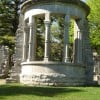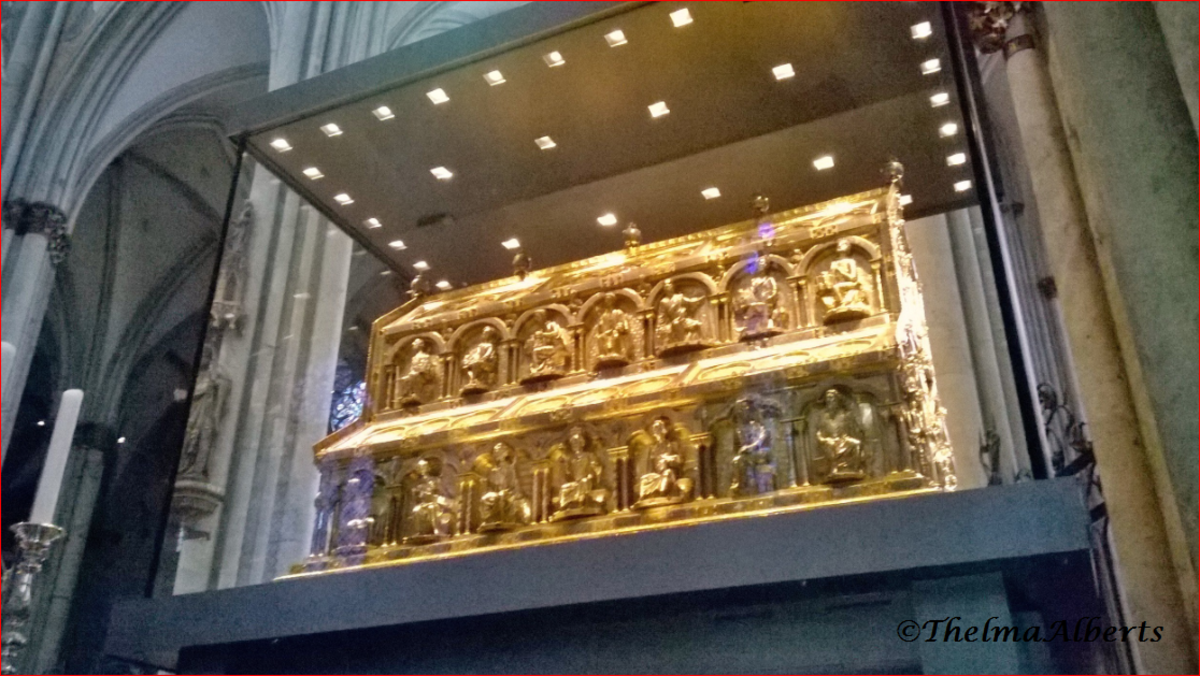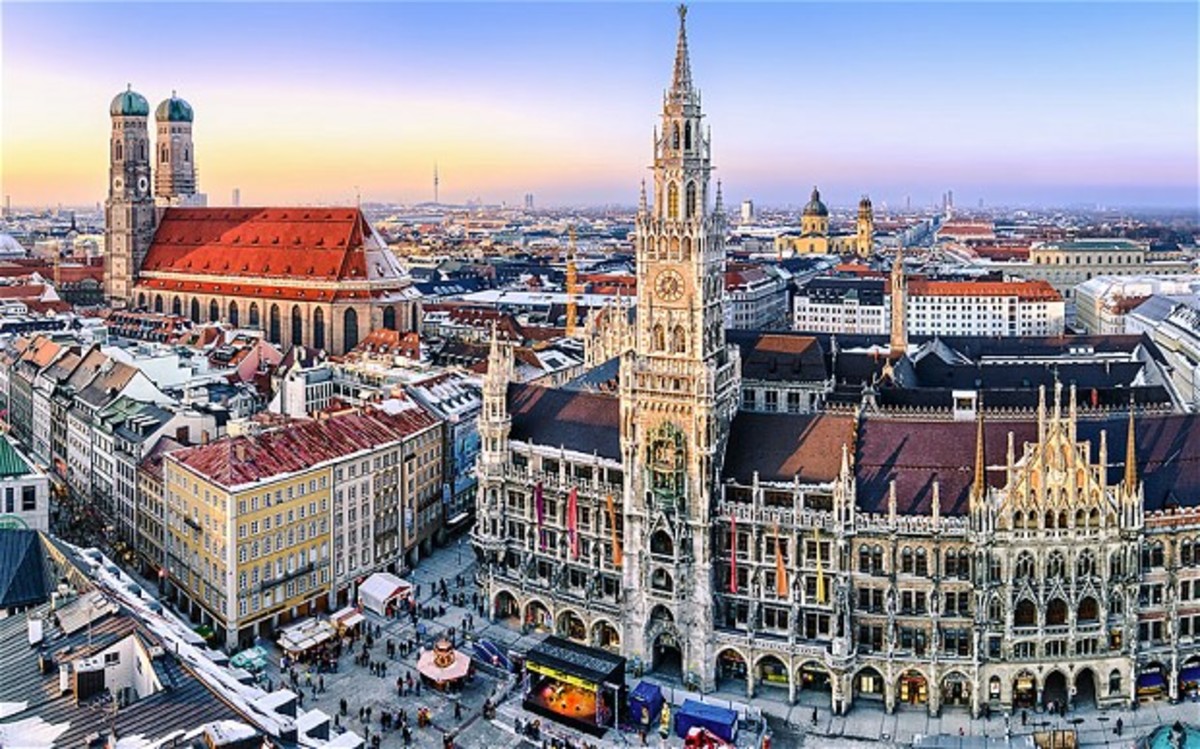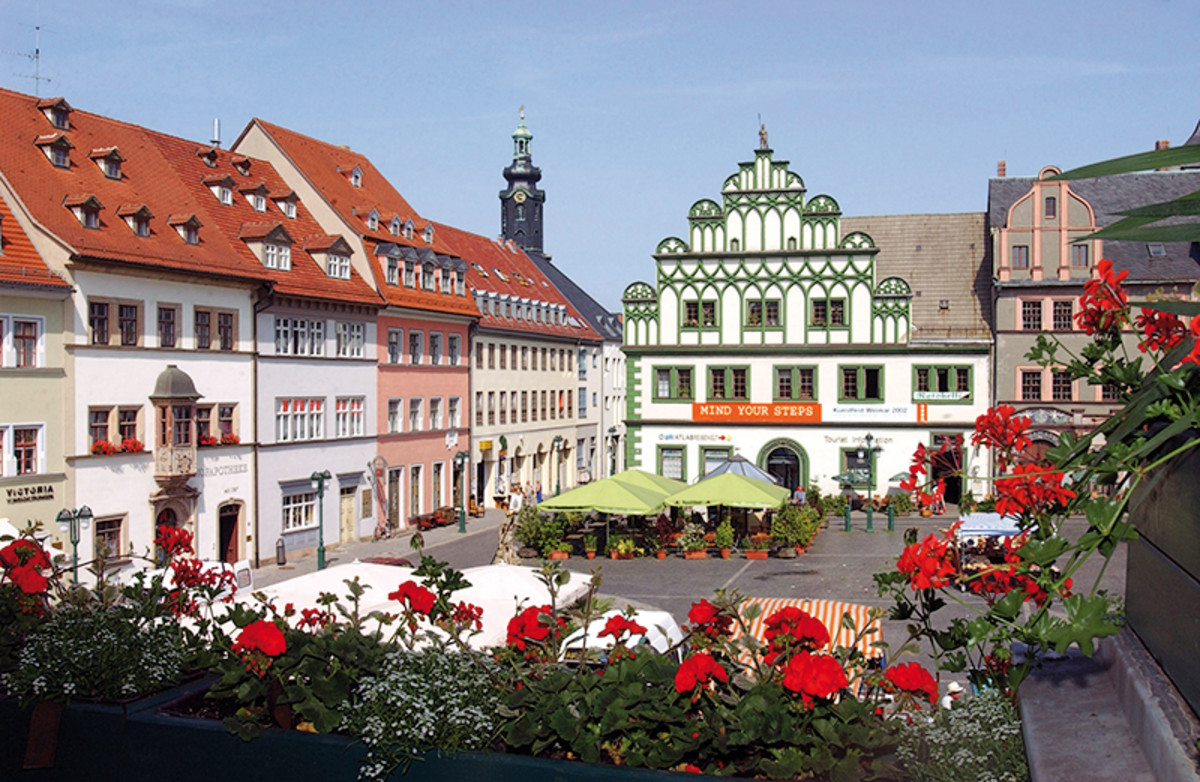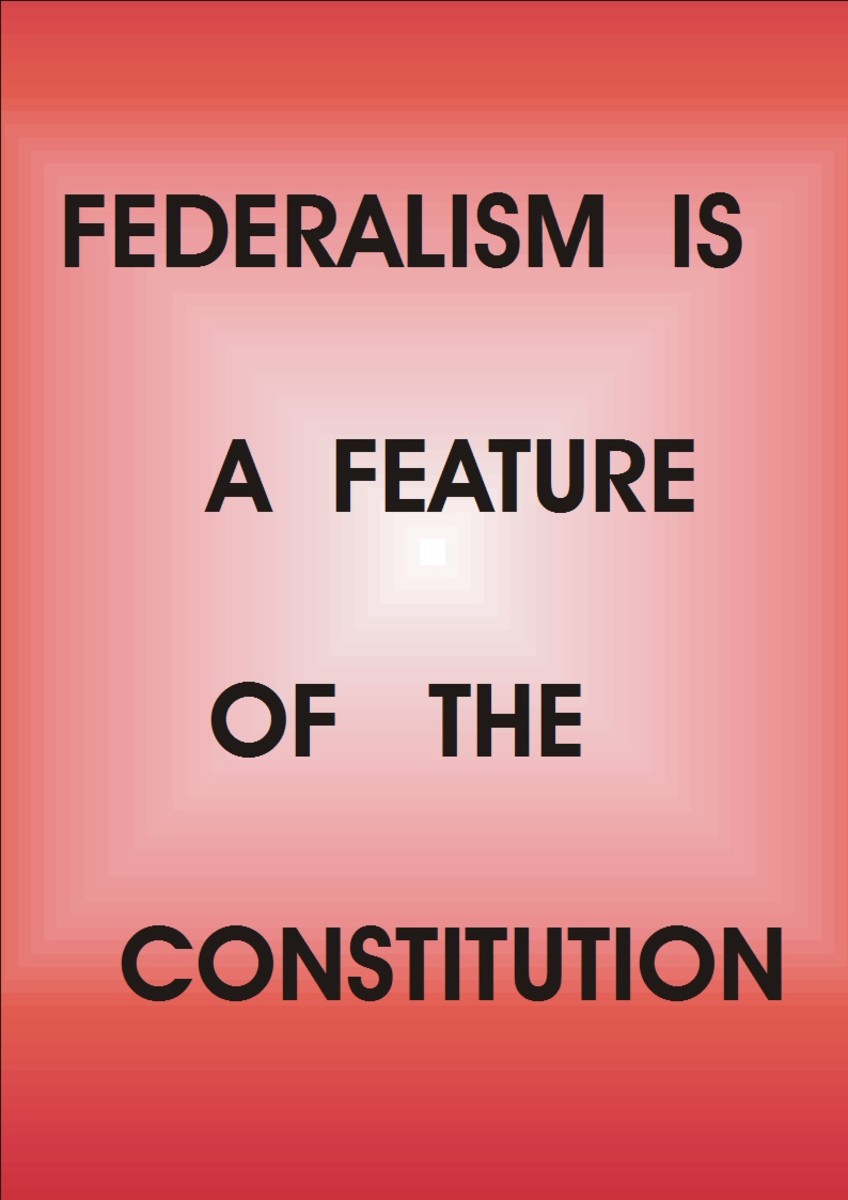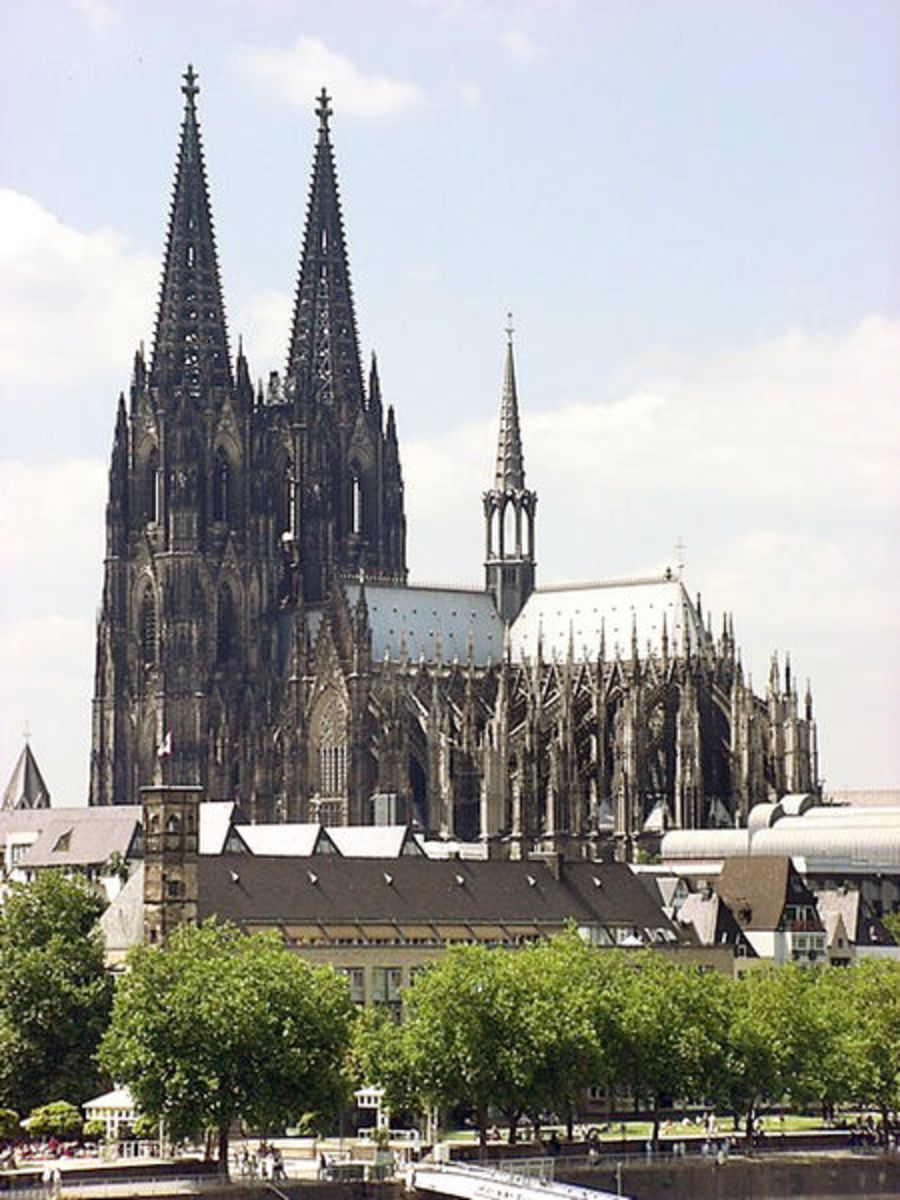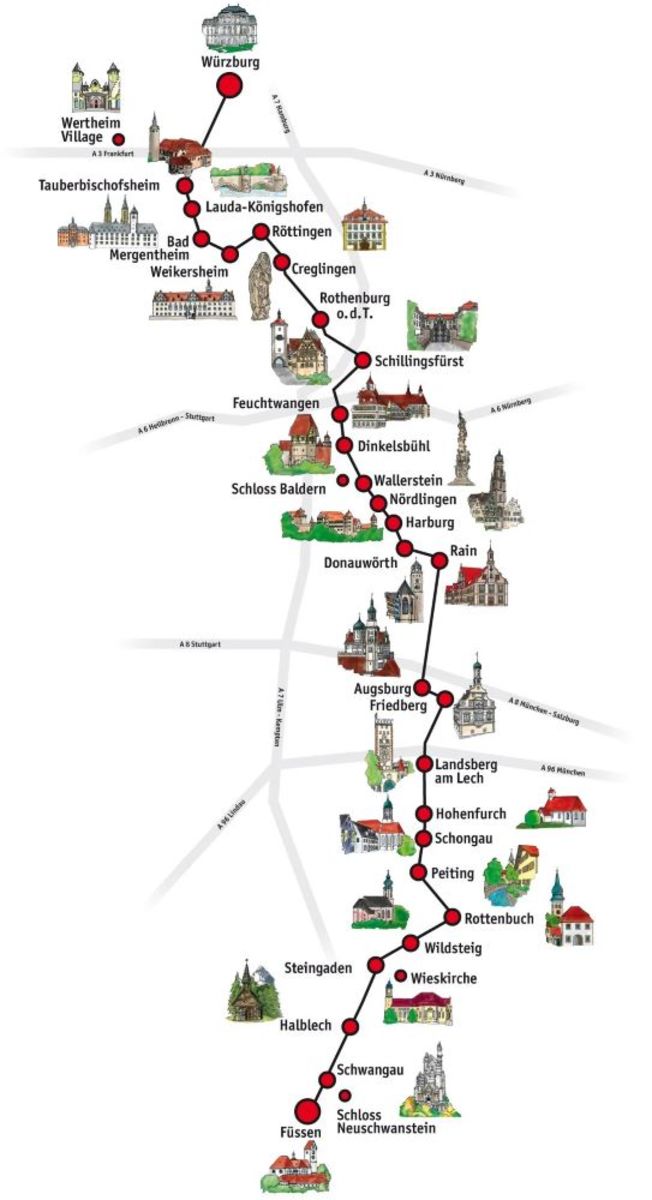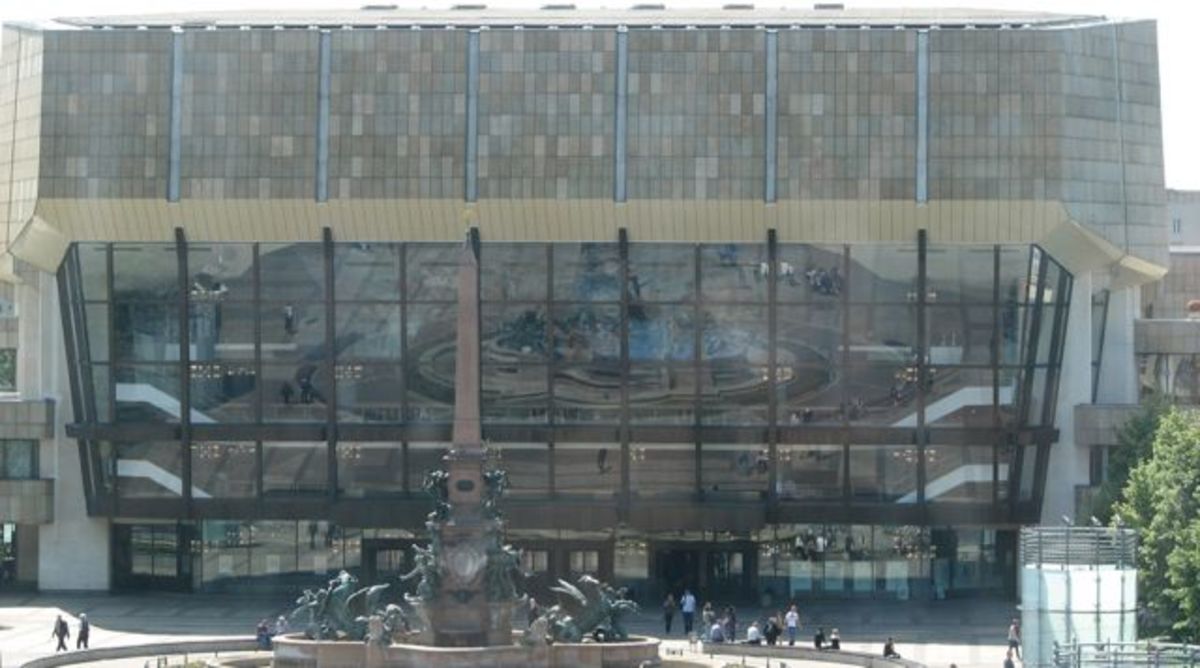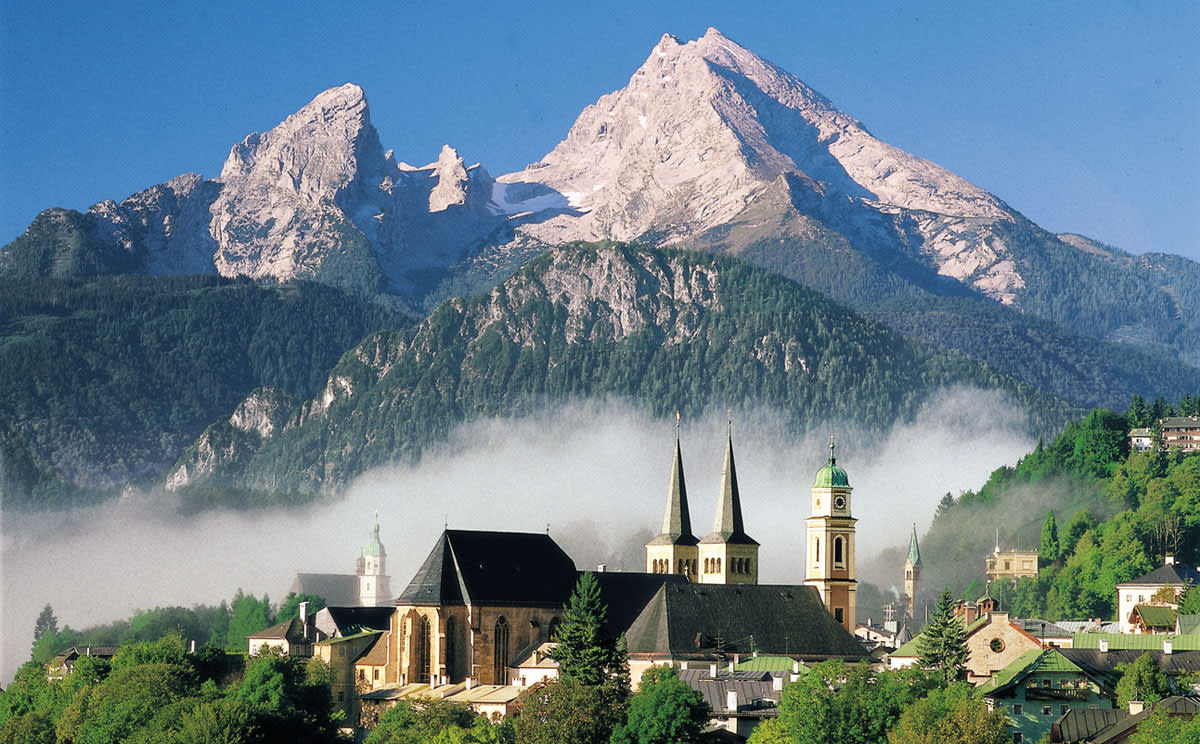Visiting Bonn, Germany: quiet, university city with a now reduced, Federal vocation
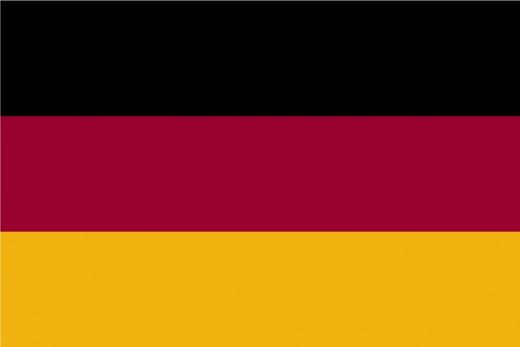
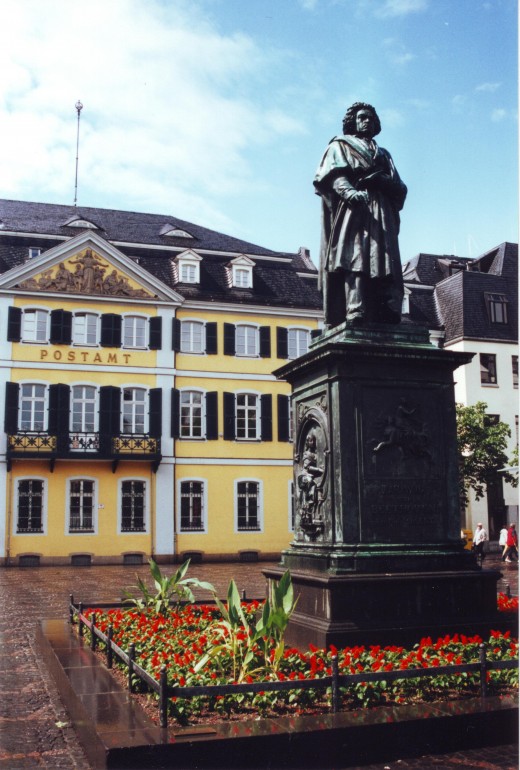
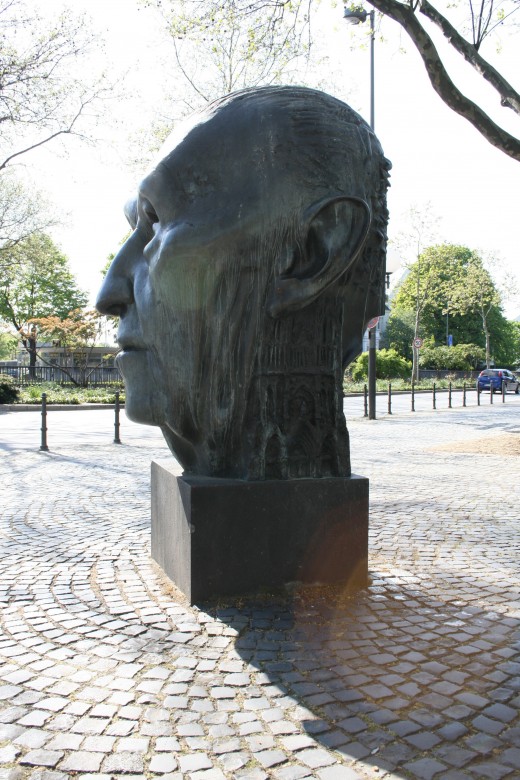
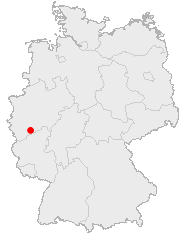
Nordrhein-Westfalen's former Federal 'village', with memories of Ludwig van Beethoven & Chancellor Adenauer
The city of Bonn seems to be going full circle. Having previously been a quiet university city beside the Rhine River, after World War 2 it emerged as the (provisional) capital of the Federal Republic of Germany, because of the division of the country into communist and non-communist zones which separated the territory controlled by the Federal authorities from Berlin-West.
The unification of Germany came in 1990, and the provisional Federal capital in due course moved to Berlin, the historic capital of Germany, leaving Bonn to resume its original vocation as a quiet, university city beside the Rhine.
Bonn has long been noted as the birthplace of Ludwig van Beethoven. Interestingly, the musician counted among Europe's greatest was the author of 'Ode to Joy', now used as Europe's anthem. The city of Bonn has a prominent monument of the composer, dating from 1845, in its Marktpaltz, and Beethoven's house may be visited as a museum, which contains among other items of historic value, his piano.
Given the fact also that Bonn's outstanding university had been identified with the city for centuries, Bonn thus particularly had a reputation as a cultural centre.
The castle of the Prince-Elector and the university
The surviving university was founded in 1818, but it was built upon the tradition of an earlier institution started by a former Prince-Elector of Cologne. This title and office, derived from the Holy Roman Empire, was held for centuries by the Archbishop of Cologne, the residence of whom was in Bonn; indeed, the castle of the former Prince-Electors (das Kurfuerstliche Schloss ) is today the main building of the present university, founded again in 1818. Among the faculty and alumni of its university have been:
Seven Nobel Prizewinners,
Heinrich Heine,
Karl Marx ,
Friedrich Nietzsche ,
Karl Barth ,
Joseph Ratzinger, Pope Bededict XVI ,
... and, not least, Dr. Konrad Adenauer , who, prior to World War 2, had been Mayor of nearby Cologne.
Why Bonn?
Following the upheavals and disasters of World War 2, and upon the foundation of the German Federal Republic in 1949, Dr. Adenauer emerged as Federal Chancellor and Bonn emerged as provisional capital, and seat of the Federal Parliament and of much of the Federal government. Thus it was that a relatively small city with primarily a reputation as a centre of culture suddenly took on a giant role. The fact Chancellor Adenauer happened to live at nearby Bad Honnef is maybe more of a red herring than it might at first seem, when it comes to determining why Bonn was chosen as the Federal Republic's provisional capital.
There were in reality many reasons for Bonn as a choice, some of them more openly articulated than others. For example, the provisional aspect of the Federal presence in Bonn would be underlined by the fact that Bonn was a relatively small place, rather than a big city rivalling Berlin. The Weimar Republic, a fairly recent constitutional arrangement linked with neither Imperial Germany nor the Third Reich, had also been associated with a relatively small, mainly cultural centre: Weimar. Also, Dr. Adenauer had been Mayor of nearby Cologne during the French occupation of the Rhineland after World War 1, and had thus extensive experience with negotiating with French administrators: which would also clearly be a primary role for the Federal Republic of Germany's leaders in the post-World War 2 period. In any case, Berlin was linked with Prussia, which to many Rhinelanders signified cultural anathema. (In addition, and somewhat mystically and coincidentally, Rome was built on seven hills, and, visible from Bonn, is the Siebengebirge — literally, the 'seven mountains' — range.)
Why, indeed...
...and so full circle?
So back to its old vocation again, as a university city and cultural centre? Well, yes, and no. The city is not now the capital of the Federal Republic of Germany. But Bonn is still known officially as a Federal city, given that a substantial proportion of Federal offices remain there. The city also hosts many international organizations, and the headquarters of several large corporations.
In addition, it is reasonable to suggest that, in a measure, the evolving Federal, European Union would have been unthinkable without the central input of Germany, with the example of its hugely successful Bonn-based, Federal administration. From where else did Europe get some of its historic patterns of efficient administration? Answer: to some extent, from Rome, which has profoundly influenced the Rhineland's culture for 2000 years, as well as some of the European Union's more influential members. There is a sense in which the roots of what the European Union is becoming were already to some extent present in the Rhineland before the Federal German authorities even moved to Bonn in the 1940s. One must be careful not to overstate things about Rhenish Bonn's genius loci , but in history, culture and administration, nothing exists in a vacuum.
Acknowledgment : I am glad to acknowledge for the purposes of this short article the course in German history led by Dr. John Sandford at Reading University nearly 30 years ago; any inaccuracies remain mine alone.
Also worth seeing
Cologne (distance: 29 kilometres), with its historic, twin spired Cathedral (der Koelner Dom ), has long been among the most well-known places to visitors to Germany.
Duesseldorf (distance: 72 kilometres); the Old City Hall (Das Alte Rathaus ) is a well-preserved 16th century building. In front of the Old City Hall is an equestrian statue of Elector Palatine Jan Wellem (1658-1716). The Rheinturm ('Rhine Tower'), 240 metres high, overlooking the Rhine River , is a major, local landmark, with an observation deck, and a revolving restaurant. The St. Lambertus Kirche is Duesseldorf's oldest church, dating from the 12th/13th centuries. Its distinctive tower is a conspicuous, local landmark.
Aachen (distance: 92 kilometres) has numerous cultural treasures, but these include the monumental Cathedral (Dom ), with its associations with Emperor Charlemagne (circa 742-814) , and the City Hall (Rathaus ), with its impressive façade.
The Royal Air Force Museum , at the former RAF Laarbruch , Airport Weeze (distance: 149 kilometres) has become a favourite for aviation buffs since its opening a few years ago.
...
How to get there: Lufthansa flies from New York Newark to Cologne/Bonn Airport (Flughafen Koeln/Bonn ), where car rental is available. The German railroad company DB operates a service from Cologne/Bonn airport to Downtown Bonn railroad station. Please check with the airline or your travel agent for up to date information.
MJFenn is an independent travel writer based in Ontario, Canada.
Other of my hubpages may also be of interest
- Visiting Duesseldorf, Germany and its central railroad station: secrets revealed in changing archite
As is very widely appreciated, the face of many German, and other European, cities changed greatly in the course of the mid-20th century, not least on account of the immense changes brought about by World War... - Visiting Germany's Wemb and former RAF Laarbruch in Nordrhein-Westfalen: borders and history in prox
This article arises out of a visit which I paid to Nordrhein-Westfalen's Wemb (or, more formally, Weeze-Wemb) and to the former British Royal Air Force Laarbruch. The gentle, pastoral scenes in this... - Visiting Vaalserquartier and Dreilaendereck at Aachen, Germany: three countries meet
Aachen's Vaalserquartier is an outlying district of Germany's historic city of Aachen, but a fascinating one. From the built up area comprising Vaalserquartier and Vaals a number of paths lead up by foot... - Visiting Germany's Brandenburg Gate, Berlin, and the Pariser Platz: open gates, and open questions
The historic heart of Berlin is in what was East Berlin, prior to the fall of the Berlin Wall in 1989. The Brandenburg Gate (Brandenburger Tor ) was a symbolic focal point during Germany's and...
